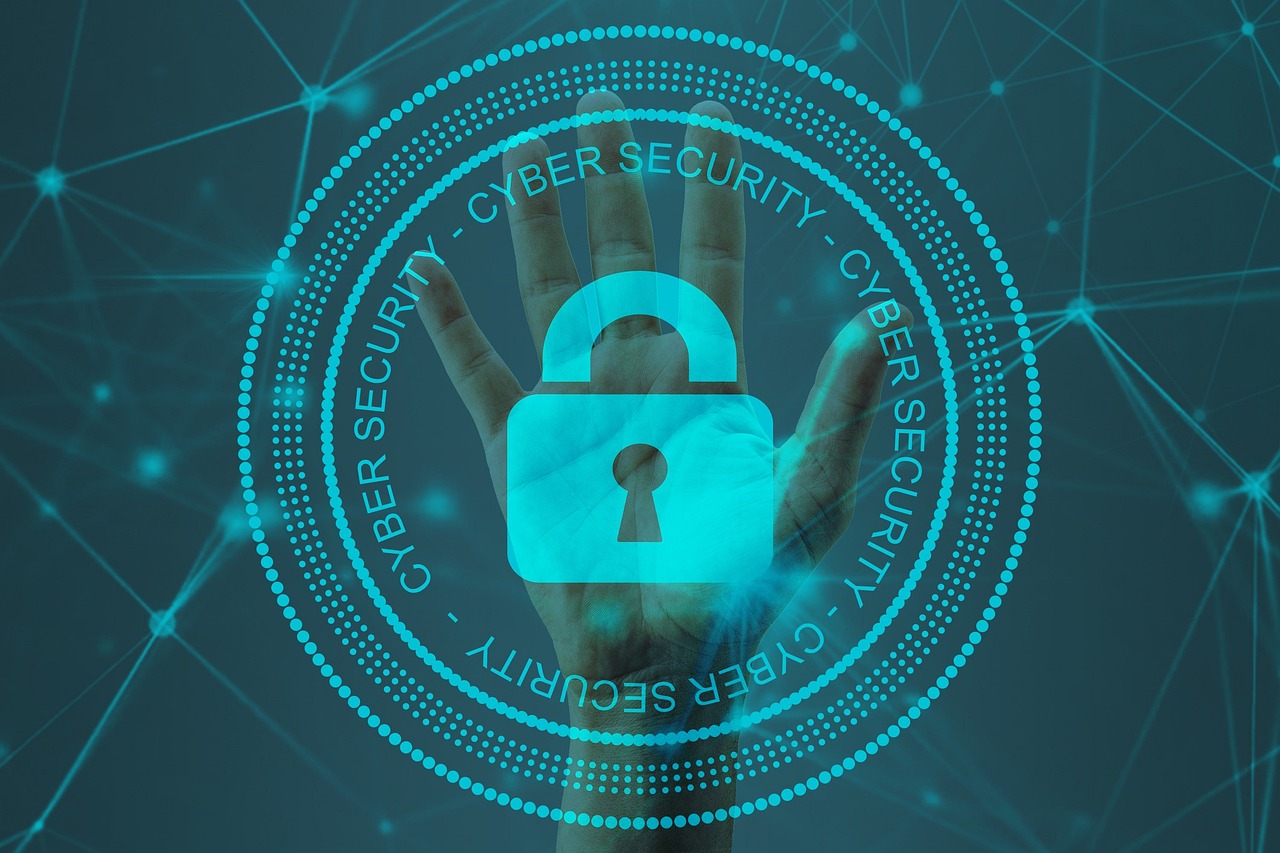
The world is becoming increasingly connected as digital transformation continues to accelerate. This increased connectivity and interconnection also present new risks and challenges, including cybersecurity.
In this digital age, the threat of cyber-attacks is higher than ever. Although companies are spending more on cyber security than ever before, hackers are getting more sophisticated, and their methods continue to grow in sophistication. Every day there is a new story about another company that has been hacked or another type of cyber threat that we didn’t know about before.
As the threat landscape continues to evolve and new attack vectors are discovered, security professionals must keep their skills up-to-date with the latest trends in the industry.
Whether you’re just entering the cybersecurity field or looking to take your knowledge to the next level, staying informed on the latest security trends is beneficial. The following list covers some of the essential security trends of 2024 that all cybersecurity professionals should be aware of. Keep reading to learn more!
1. Biometric Authentication
Biometric authentication refers to using a person’s physical characteristics to grant them access to a system. You may use it for real authentication purposes in both physical and virtual environments. In 2024, biometric authentication will continue to grow in popularity.
Many types of biometric authentication exist, including fingerprint scanning, facial recognition, and voice recognition. These biometric techniques allow individuals to access systems with a higher level of security than a traditional username and password.

Biometric authentication is often combined with other authentication methods, such as one-time passcodes (OTPs), to provide two-factor authentication. This method requires a person to provide their biometric identifier and a one-time passcode to log into a system. Biometric authentication is especially advantageous for organizations that have a large workforce.
It allows employees to easily access company networks and systems with minimal administrative overhead.
2. AI-based Security
The future of cyber security in 2024 also lies in artificial intelligence-based technologies and solutions. AI-based tools and solutions can help organizations detect cyber attacks and respond quickly to such threats. You can also use AI-based solutions programs to improve their performance over time with the help of machine learning technologies.
AI-based security solutions can monitor an organization’s network to detect any signs of suspicious activity. In addition to monitoring the network, AI-based security solutions can also help operate the network. For example, you can use AI for virtual patching, which automatically patches any software vulnerabilities without requiring human intervention.

The global cybersecurity market is expected to grow from $120 billion in 2020 to $202 billion by 2024. Most of that growth will be due to implementing AI-based security solutions across all industries.
3. Dark Web Monitoring
The dark web is an underdeveloped and unregulated part of the internet that is accessible through special software known as a “Tor browser.” It’s primarily used for criminal activities such as drug trafficking, money laundering, theft, and child pornography.
The dark web is difficult to monitor because it’s entirely decentralized, and IP addresses aren’t publicly listed. Dark web monitoring tracks activities on the dark web to identify malicious actors and their actions.

Dark web monitoring is primarily done through artificial intelligence and machine learning algorithms. AI-based dark web monitoring solutions can identify patterns of behavior found on the dark web and trigger an alert for human analysts.
Dark web monitoring is critical for organizations that have a presence on the internet. It can help organizations identify and prevent malicious actors from exploiting their websites and networks.
4. Augmented Reality in Cybersecurity
The future of cyber security will be heavily dependent on augmented reality technology. Organizations will use this technology to detect, visualize and resolve network vulnerabilities.
Augmented reality will be integrated into the cybersecurity tools used by organizations to detect and visualize data leaks and other security-related issues. You may use this technology to train employees in security practices. Moreover, augmented reality can also help in detecting and tracking cyber attacks.
The technology can visualize network activity in real-time and highlight anomalies indicative of cyber attacks. Thus, augmented reality enables organizations to detect and respond to cyber-attacks quickly.
5. Internet of things (IoT) protection
The Internet of Things (IoT) refers to the interconnection of devices over the internet. These devices often contain embedded software that monitors and controls the device remotely. IoT devices are used in various industries, including healthcare, transportation, and manufacturing.

IoT devices have numerous benefits, including increased efficiency and productivity in the workplace. However, these devices also expose organizations to many new cybersecurity threats. Preventing IoT security breaches is essential. Security professionals can implement various cybersecurity strategies to protect IoT devices from cyber threats, including physical security, digital security, and cybersecurity hygiene.
Physical security involves securing the devices physically to prevent tampering and unauthorized access. Digital security refers to securing the communication between the devices and the server. Cybersecurity hygiene refers to general security practices you can apply to all IT systems.
Conclusion
Today’s cyber threats are more sophisticated and dangerous than ever before. Ransomware, phishing sites, hacker groups, and cyber espionage are just a few dangers businesses face daily. These risks only continue to evolve as technology advances.
We live in a world where artificial intelligence and virtual reality are growing in popularity, connected cars are becoming the norm, and everyone has access to the internet at all times. This rapid pace of change is also reshaping how we think about cybersecurity. Instead of simply safeguarding computers and servers from hackers, businesses have started investing more time in protecting their data from malicious actors. By staying informed on the latest security trends, cybersecurity professionals can better prepare for the challenges ahead.







2 thoughts on “Top 5 New Cybersecurity Trends of 2024”